Home>Gardening & Outdoor>Pool & Spa Care>How To Setup A Hot Tub
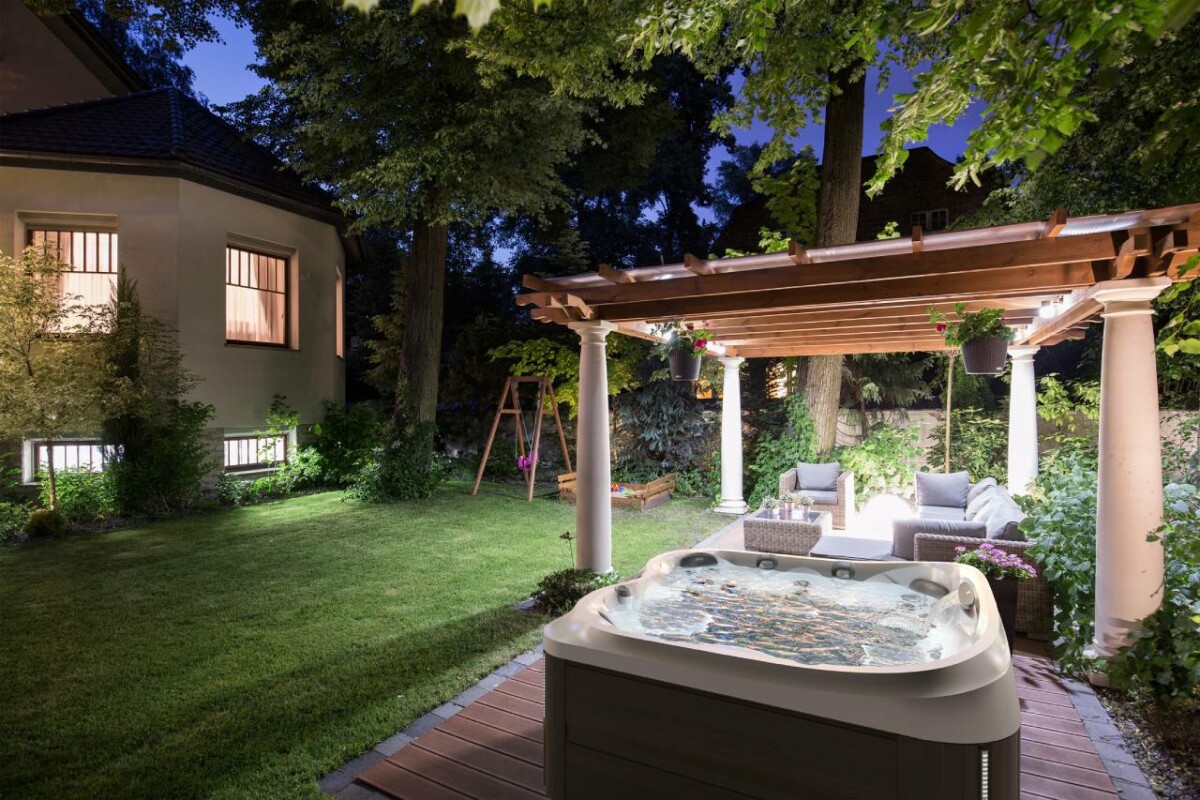

Pool & Spa Care
How To Setup A Hot Tub
Modified: February 25, 2024
Learn the essential steps for setting up a hot tub and maintaining it for optimal pool and spa care. Discover expert tips and tricks for a relaxing and enjoyable hot tub experience.
(Many of the links in this article redirect to a specific reviewed product. Your purchase of these products through affiliate links helps to generate commission for Storables.com, at no extra cost. Learn more)
Introduction
So, you"ve decided to take the plunge and invest in a luxurious hot tub for your home. Congratulations! With a hot tub, you can create a personal oasis of relaxation and rejuvenation right in your backyard. Whether you"re seeking relief from muscle tension, a cozy spot for intimate gatherings, or a way to enhance your property"s value, a hot tub is a fantastic addition to any home.
In this comprehensive guide, we"ll walk you through the step-by-step process of setting up your hot tub, from selecting the perfect location to ongoing maintenance and care. By the time you finish reading, you"ll be well-equipped to embark on this exciting journey with confidence.
Let"s dive in and explore the essential steps for setting up your hot tub, ensuring that you can enjoy its soothing benefits for years to come.
Key Takeaways:
- Choosing the right location, preparing the site, and assembling the hot tub are crucial steps for a successful setup. Ensuring level ground, proper drainage, and secure assembly sets the stage for long-term enjoyment.
- Maintaining water quality, cleaning filters, and inspecting components are essential for preserving the hot tub’s performance and appearance. Consistent care and attention prolong the lifespan of your personal oasis.
Read more: How To Keep Hot Tub Hot In Winter
Selecting the Right Location
Choosing the perfect spot for your hot tub is crucial for both functionality and aesthetics. Here are some key factors to consider when selecting the ideal location:
- Level Ground: Ensure that the ground where you plan to place the hot tub is level and stable. This will prevent the tub from shifting or settling unevenly over time.
- Supportive Surface: Opt for a solid and durable surface, such as a concrete pad or reinforced deck, that can bear the weight of the hot tub, water, and occupants.
- Privacy and Ambiance: Consider the surrounding environment and aim for a location that offers a balance of privacy, scenery, and convenience. You may want to position the hot tub near attractive landscaping or away from direct view of neighboring properties.
- Accessibility: Ensure that the location provides easy access to power sources, water supply, and drainage. Additionally, think about the convenience of accessing the hot tub from your home.
- Regulations and Codes: Check local building codes and regulations to ensure compliance with setback requirements, property boundaries, and any necessary permits for installing a hot tub.
By carefully assessing these factors, you can pinpoint the optimal location for your hot tub, creating a comfortable and visually appealing setting for relaxation and enjoyment.
Preparing the Site
Before installing your hot tub, it’s essential to prepare the site properly to ensure a stable and secure foundation. Here are the essential steps for site preparation:
- Clean the Area: Clear the designated area of any debris, vegetation, or obstacles. This will create a clean canvas for the installation and prevent potential damage to the hot tub.
- Leveling the Ground: Use a level to confirm that the ground is even and adjust it as needed. This step is crucial for the stability and structural integrity of the hot tub.
- Consider Drainage: Evaluate the site’s drainage to prevent water from accumulating around the hot tub. Proper drainage will protect the surrounding area and minimize maintenance requirements.
- Foundation Preparation: Depending on the type of hot tub and the chosen location, you may need to create a stable foundation. This could involve pouring a concrete pad, constructing a reinforced deck, or preparing a gravel base.
- Plan for Accessibility: Ensure that the site allows for easy access to the hot tub for installation, maintenance, and potential repairs. Consider pathways, clearances, and any necessary accommodations for service personnel.
By meticulously preparing the site, you’ll establish a solid and secure foundation for your hot tub, setting the stage for a successful installation and long-term enjoyment.
Assembling the Hot Tub
Now that the site is prepared, it’s time to assemble your hot tub. While the specific assembly process can vary based on the model and manufacturer, the following general steps provide a helpful overview:
- Positioning the Hot Tub: With the help of others, carefully move the hot tub into position, ensuring that it aligns with the prepared site and any necessary clearances.
- Securing the Shell: If your hot tub has a separate shell, carefully lower it into place and secure it according to the manufacturer’s instructions. This step may require the use of specialized equipment and expertise.
- Connecting Components: Follow the manufacturer’s guidelines to connect the plumbing, electrical components, and any additional features, such as jets and lighting. It’s crucial to adhere to these instructions to ensure safety and optimal performance.
- Sealing and Insulating: Properly seal and insulate the hot tub to maintain energy efficiency and protect it from external elements. This step is essential for preserving the longevity of your investment.
- Testing the System: Before filling the hot tub, perform a comprehensive test of the entire system, including the plumbing, electrical connections, and any integrated features. Address any issues before proceeding to the next steps.
Assembling a hot tub requires precision, attention to detail, and a thorough understanding of the manufacturer’s instructions. If you encounter any challenges or uncertainties during this process, don’t hesitate to seek professional assistance to ensure a successful assembly.
When setting up a hot tub, make sure to place it on a level surface to prevent any structural damage. Use a sturdy foundation like a concrete pad or a reinforced deck to support the weight of the hot tub.
Connecting the Electrical
Proper electrical connection is a critical step in setting up your hot tub, ensuring both safety and functionality. Here’s what you need to consider when connecting the electrical components:
- Hiring a Licensed Electrician: Unless you are a qualified electrician, it’s imperative to enlist the expertise of a licensed professional to handle the electrical installation. This will help you comply with local building codes and ensure the work is performed safely and accurately.
- Power Requirements: Determine the specific power requirements for your hot tub based on its size, features, and heating system. This information is typically provided in the manufacturer’s specifications and installation manual.
- Grounding and GFCI Protection: The hot tub must be properly grounded, and a ground fault circuit interrupter (GFCI) must be installed to protect against electrical hazards. These safety measures are essential for the well-being of users and the longevity of the hot tub.
- Wiring and Conduit: The electrical wiring should be enclosed in a conduit to safeguard it from potential damage and environmental exposure. The conduit should be installed according to local electrical codes and regulations.
- Testing and Certification: Once the electrical connections are established, the system must be thoroughly tested to ensure proper functionality and safety. The electrician should provide certification of compliance with all applicable standards and regulations.
By entrusting the electrical connection to a qualified professional and adhering to all safety guidelines, you can rest assured that your hot tub is powered safely and efficiently, ready for your enjoyment.
Read more: How A Hot Tub Works
Filling and Testing
After the hot tub is assembled and the electrical components are in place, it’s time to fill the tub and conduct essential tests to ensure everything is functioning as intended. Here’s a step-by-step guide for this crucial phase of the setup process:
- Filling the Hot Tub: Use a garden hose to fill the hot tub with water, taking care to monitor the water level to prevent overfilling. Follow the manufacturer’s recommendations regarding the appropriate water level for your specific hot tub model.
- Testing the Water Chemistry: Once the hot tub is filled, test the water chemistry using a reliable water testing kit. You’ll need to assess the pH level, alkalinity, and sanitizer concentration to ensure the water is balanced and safe for use.
- Heating and Circulation: Activate the heating and circulation systems to gradually warm the water to the desired temperature. Monitor the temperature closely and verify that the system is functioning effectively.
- Testing the Jets and Features: Activate the jets, lights, and any additional features of the hot tub to confirm that they operate smoothly and as expected. Address any issues promptly to ensure the optimal performance of your hot tub.
- Inspecting for Leaks: Carefully examine the hot tub and its components for any signs of leaks or irregularities. Address any leaks immediately to prevent water damage and maintain the integrity of the hot tub.
By diligently filling and testing your hot tub, you can identify and resolve any potential issues before fully immersing yourself in its soothing waters. This thorough process sets the stage for a seamless and enjoyable hot tub experience.
Maintenance and Care
Proper maintenance is essential for preserving the performance, appearance, and longevity of your hot tub. By implementing a consistent maintenance routine and practicing diligent care, you can ensure that your hot tub remains a source of relaxation and enjoyment for years to come. Here are the key elements of hot tub maintenance:
- Water Quality Management: Regularly test the water chemistry and adjust the pH, alkalinity, and sanitizer levels as needed. Maintaining balanced water chemistry is crucial for the health of your hot tub and the well-being of its users.
- Filter Maintenance: Clean or replace the hot tub’s filters according to the manufacturer’s recommendations. Proper filtration is essential for removing debris and contaminants from the water, promoting cleanliness and clarity.
- Surface Cleaning: Routinely clean the interior and exterior surfaces of the hot tub to prevent the buildup of dirt, grime, and mineral deposits. Use mild, non-abrasive cleaners and soft cloths to preserve the finish and appearance of the hot tub.
- Component Inspections: Regularly inspect the hot tub’s components, including the plumbing, jets, seals, and electrical connections, to identify any signs of wear, damage, or malfunction. Addressing issues promptly can prevent more extensive problems in the future.
- Draining and Refilling: Follow a schedule for draining and refilling the hot tub, typically every three to four months, to refresh the water and prevent the accumulation of contaminants. Thoroughly clean the hot tub during this process.
- Winterization: If you live in a climate with cold winters, take the necessary steps to winterize your hot tub, including draining the water, protecting the plumbing, and covering the tub to safeguard it from freezing temperatures.
By dedicating time and attention to the maintenance and care of your hot tub, you can uphold its performance and aesthetics while creating a safe and inviting environment for relaxation and rejuvenation.
Conclusion
Congratulations on completing the setup of your hot tub! By following the comprehensive steps outlined in this guide, you’ve embarked on a journey to create a luxurious and inviting oasis in your own backyard. From selecting the perfect location to maintaining the water quality, each aspect of the setup process plays a crucial role in ensuring the long-term enjoyment and functionality of your hot tub.
As you immerse yourself in the soothing waters of your hot tub, remember to prioritize regular maintenance and care to preserve its performance and appeal. By staying proactive in addressing any maintenance needs and adhering to a consistent care routine, you can maximize the lifespan of your hot tub and continue to delight in its therapeutic benefits.
Whether you’re seeking relaxation, relief from muscle tension, or a serene space for socializing, your hot tub is poised to become a cherished feature of your home. Embrace the tranquility and comfort it offers, and revel in the moments of bliss and rejuvenation it brings to your daily life.
Thank you for entrusting us with the guidance on setting up your hot tub. We hope this comprehensive guide has equipped you with the knowledge and confidence to enjoy your hot tub to the fullest. Here’s to many delightful and rejuvenating experiences ahead in your personal hot tub haven!
Frequently Asked Questions about How To Setup A Hot Tub
Was this page helpful?
At Storables.com, we guarantee accurate and reliable information. Our content, validated by Expert Board Contributors, is crafted following stringent Editorial Policies. We're committed to providing you with well-researched, expert-backed insights for all your informational needs.
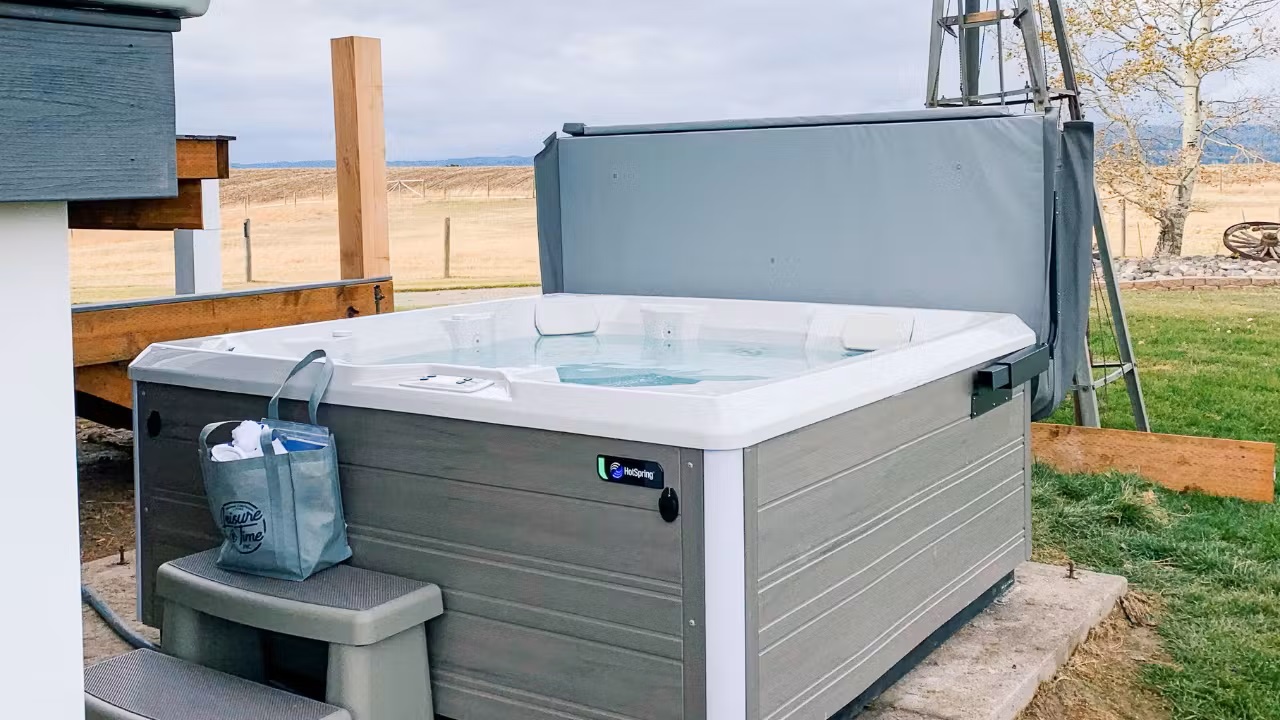
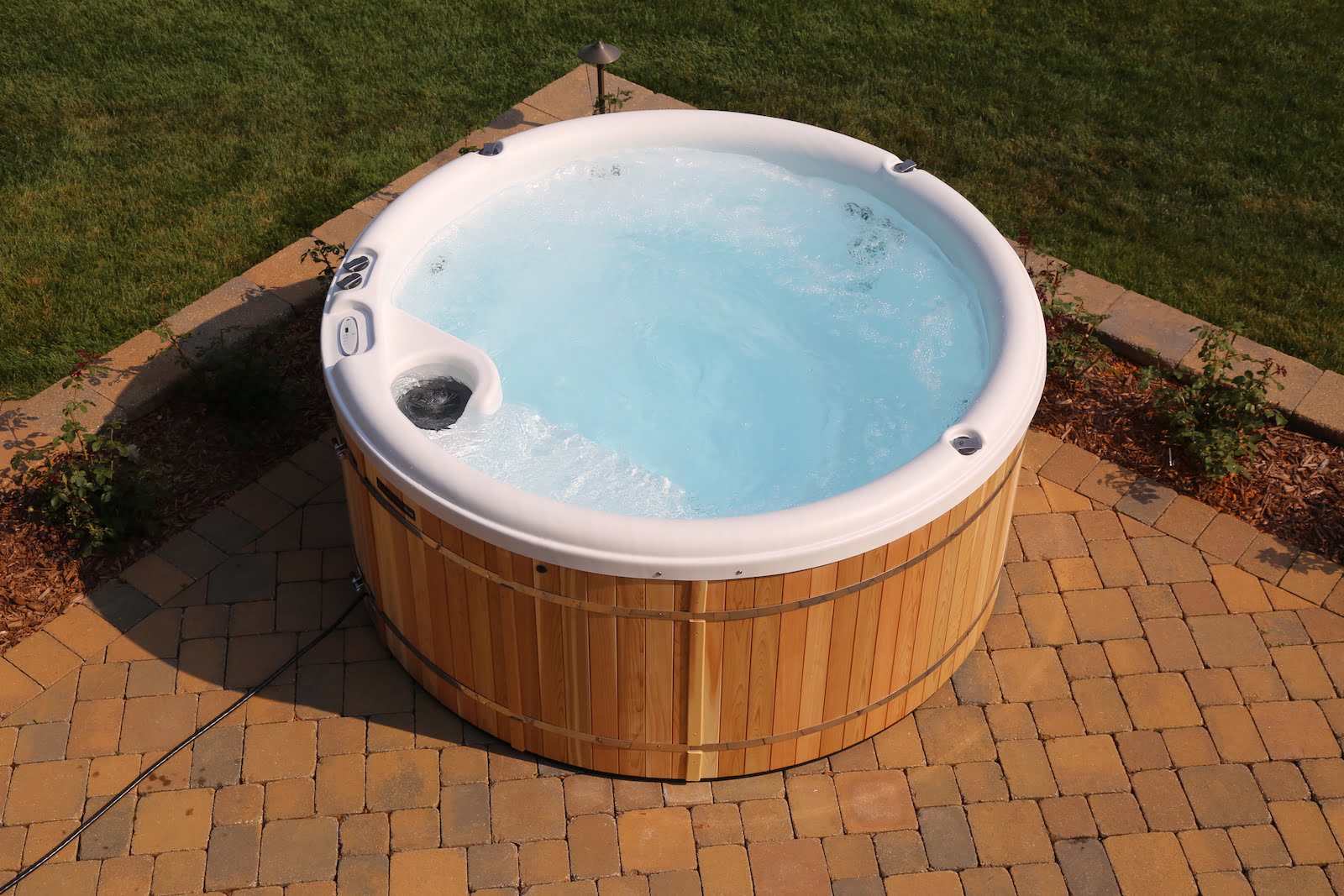
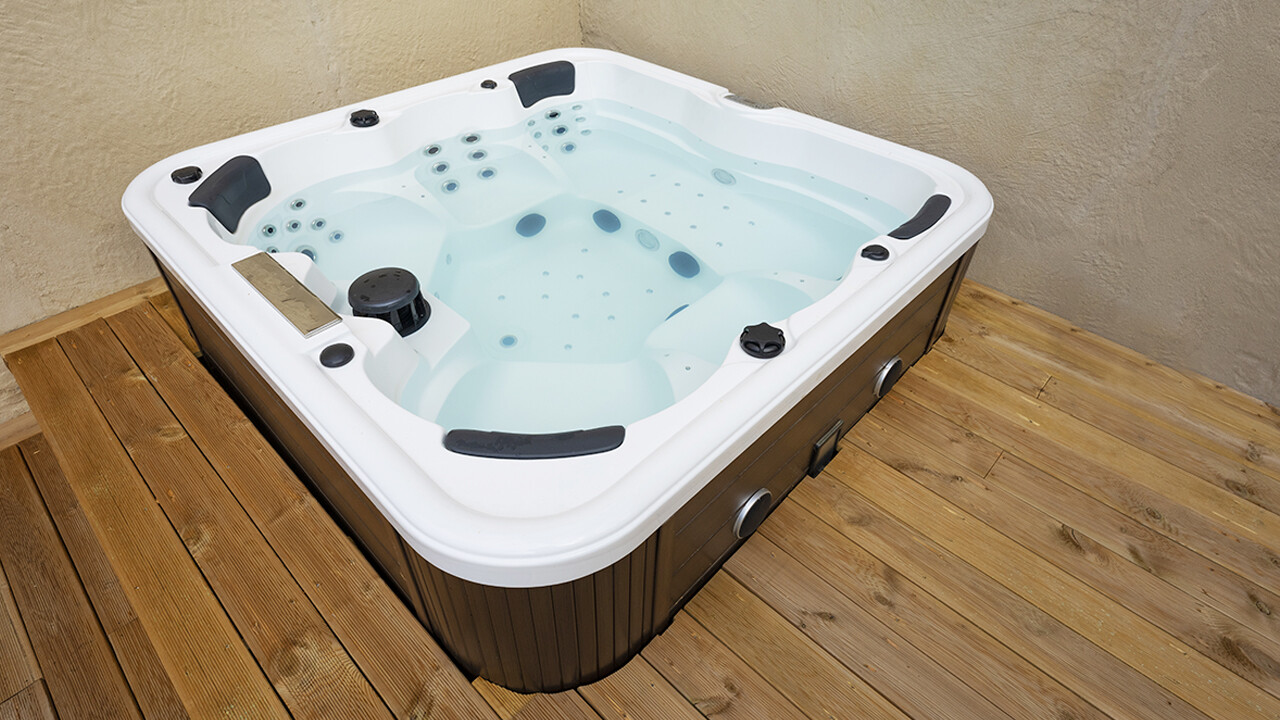
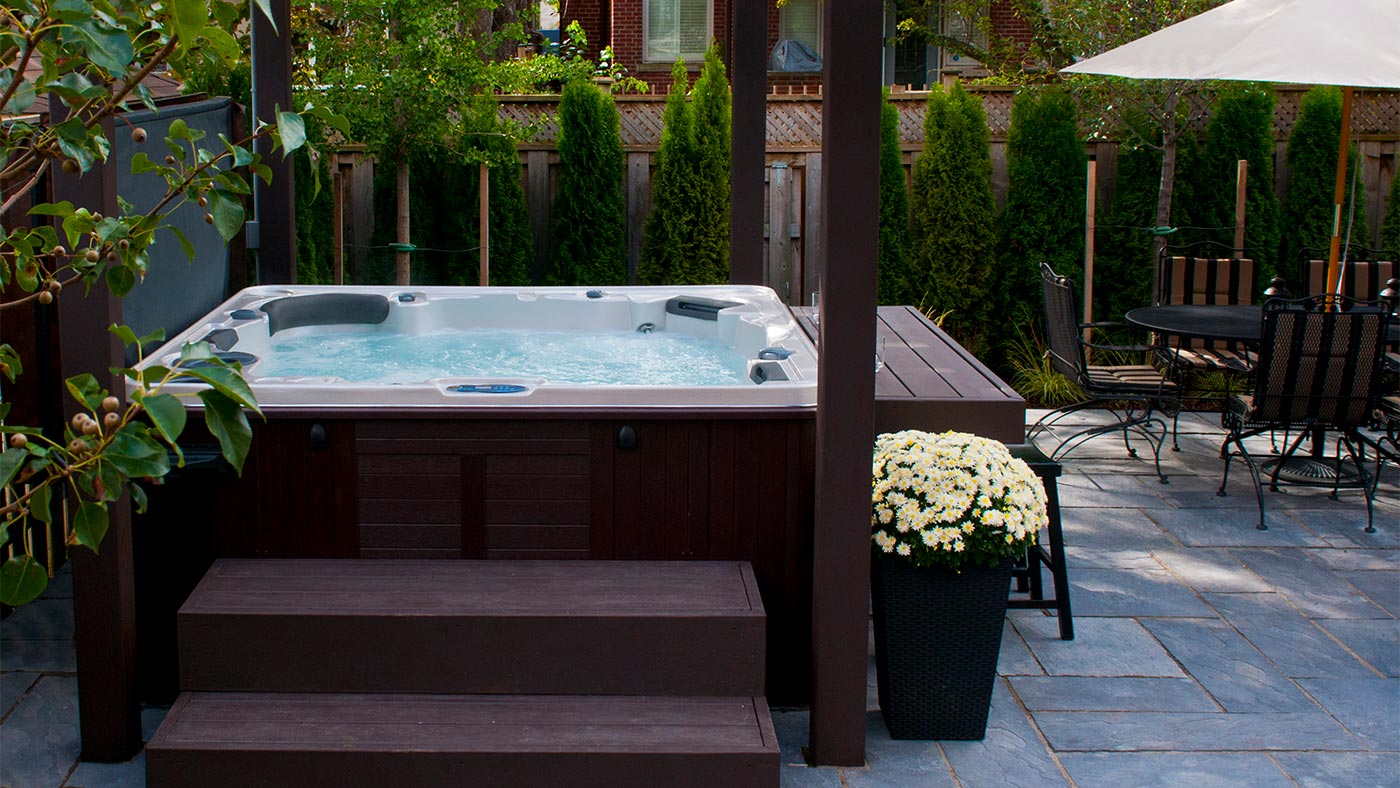
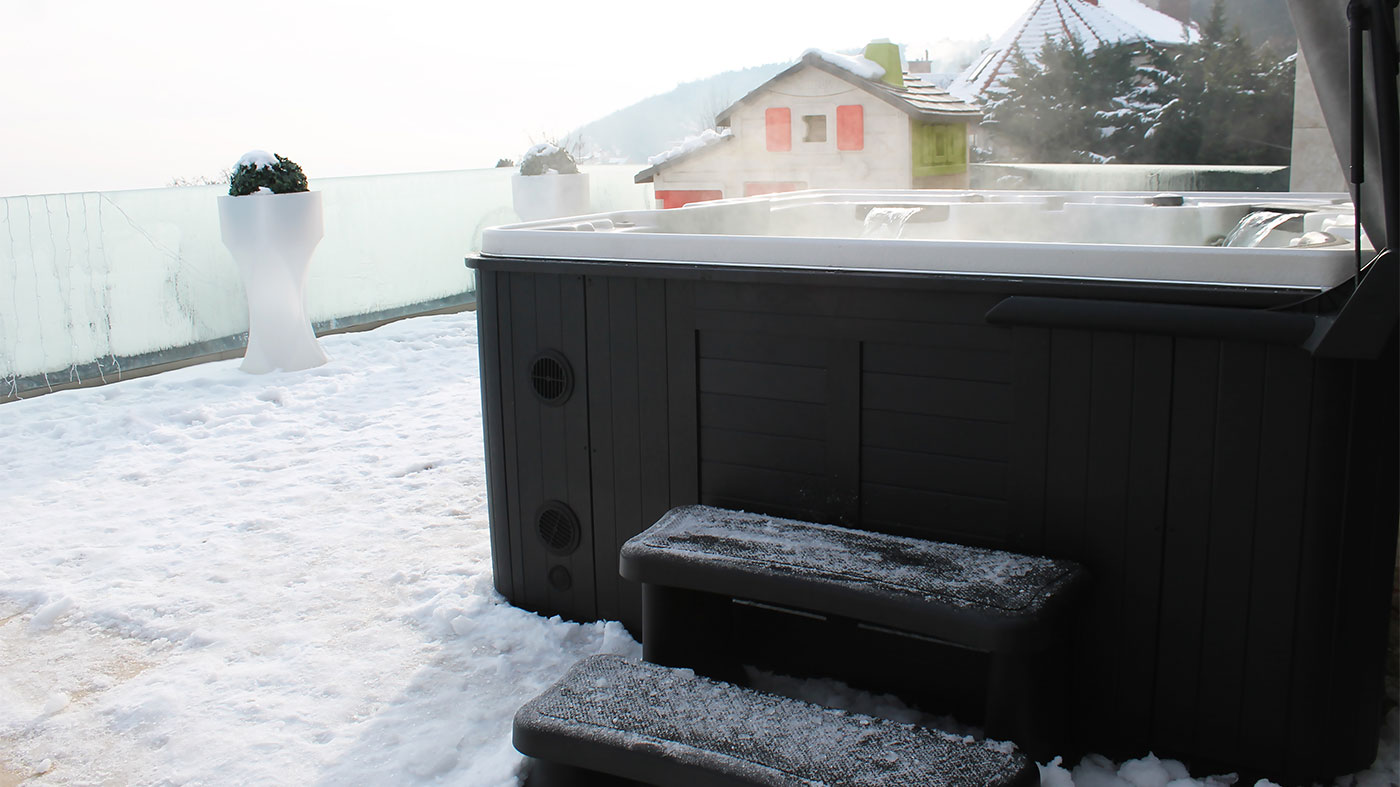
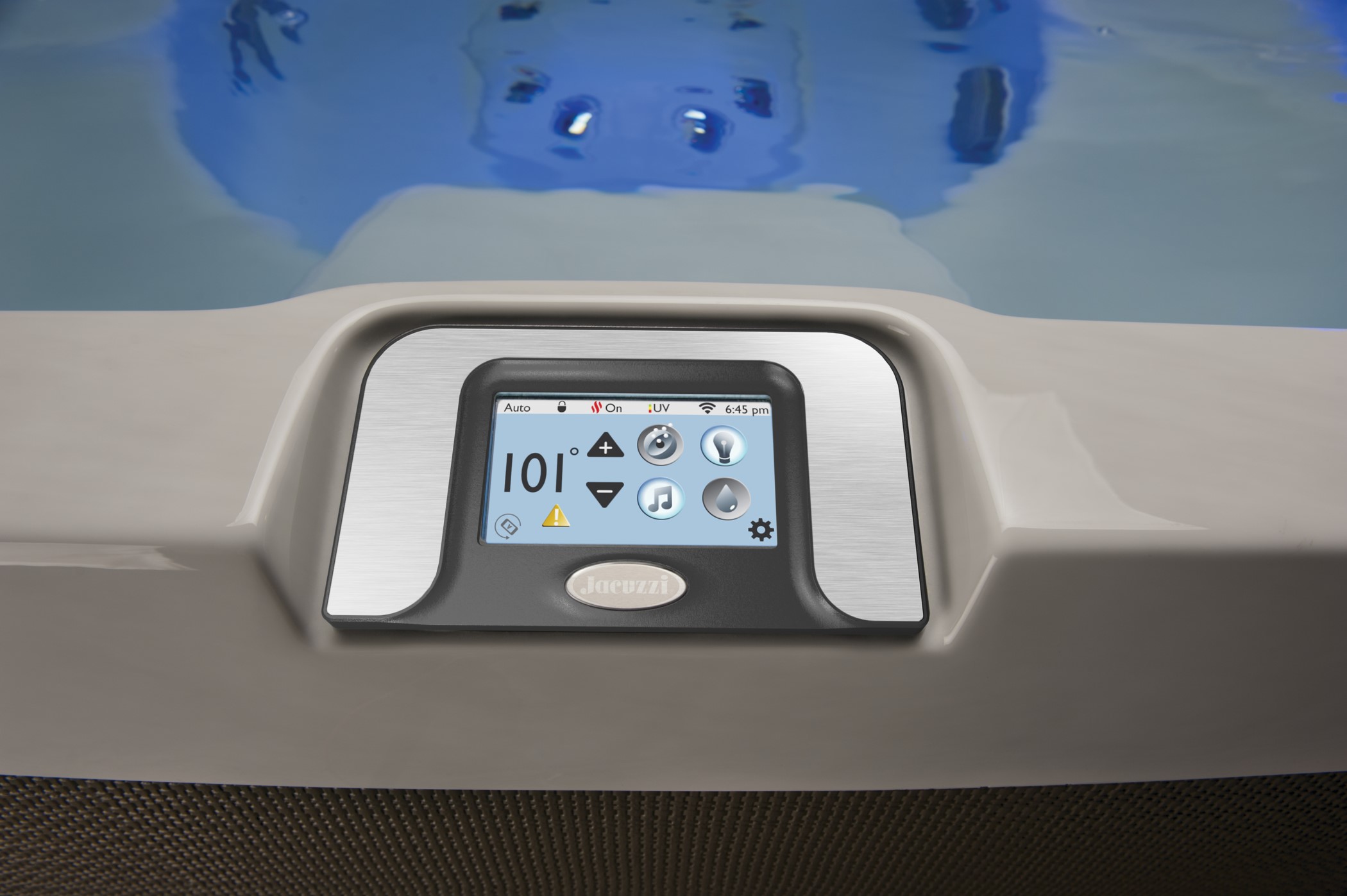
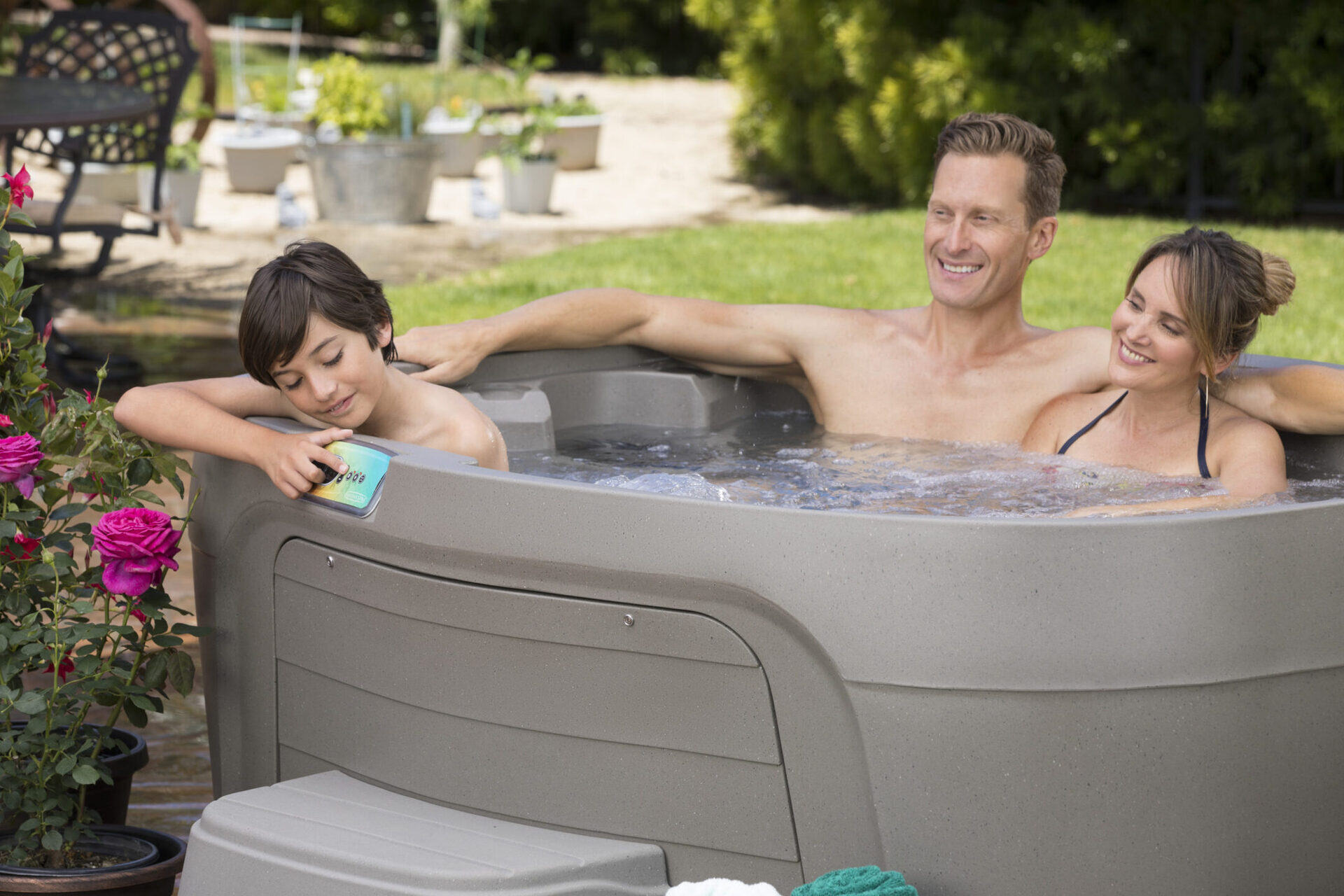
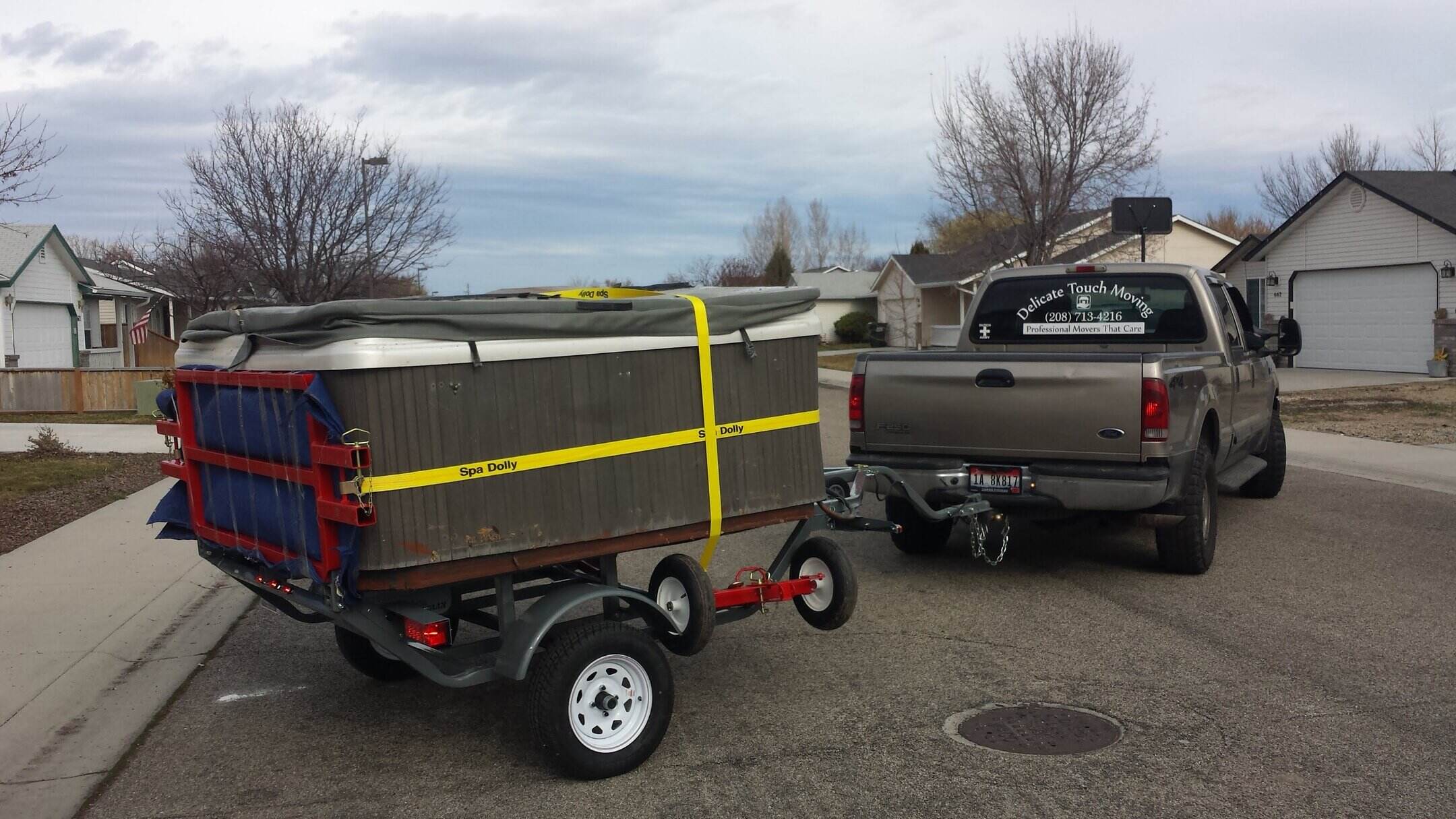
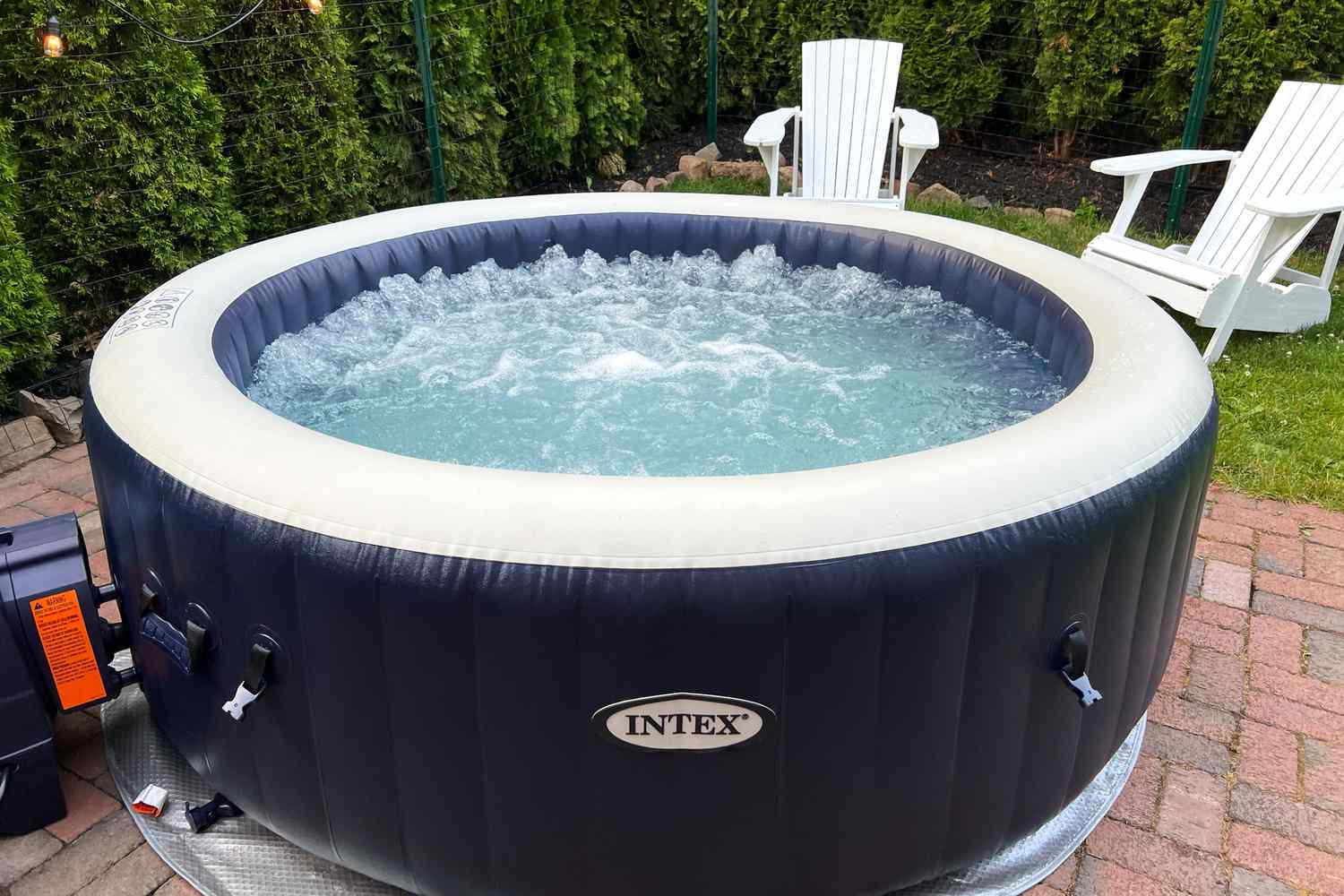
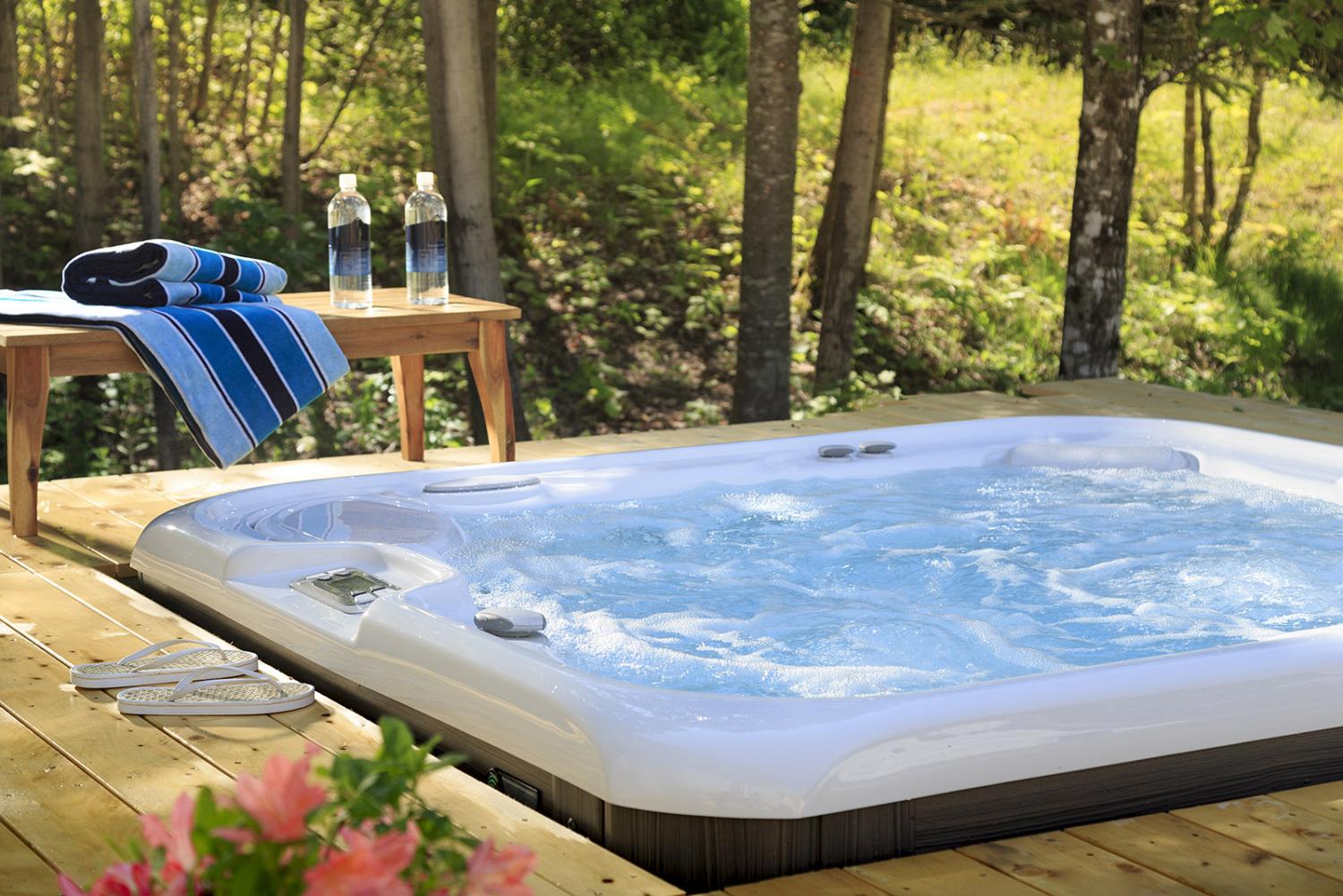
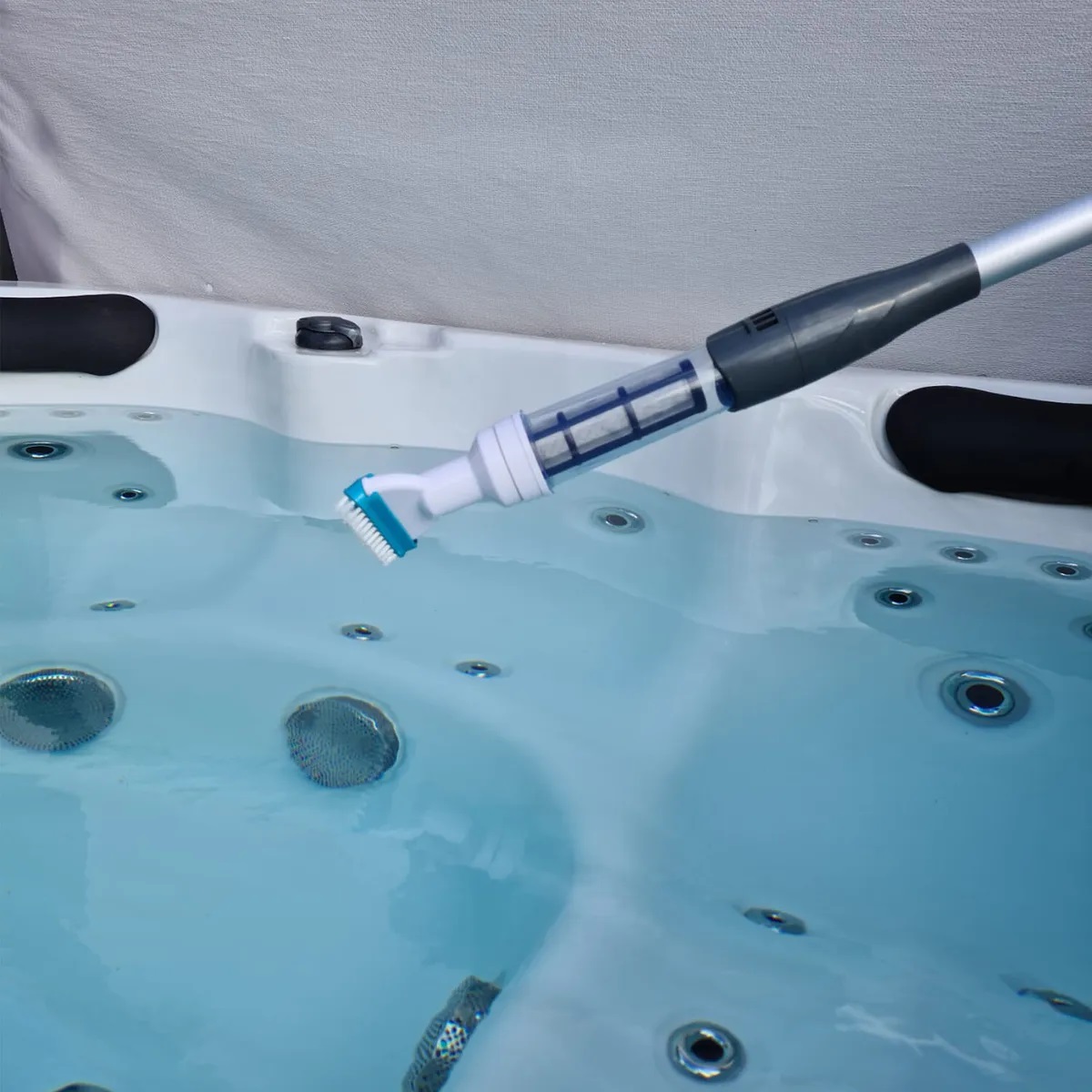
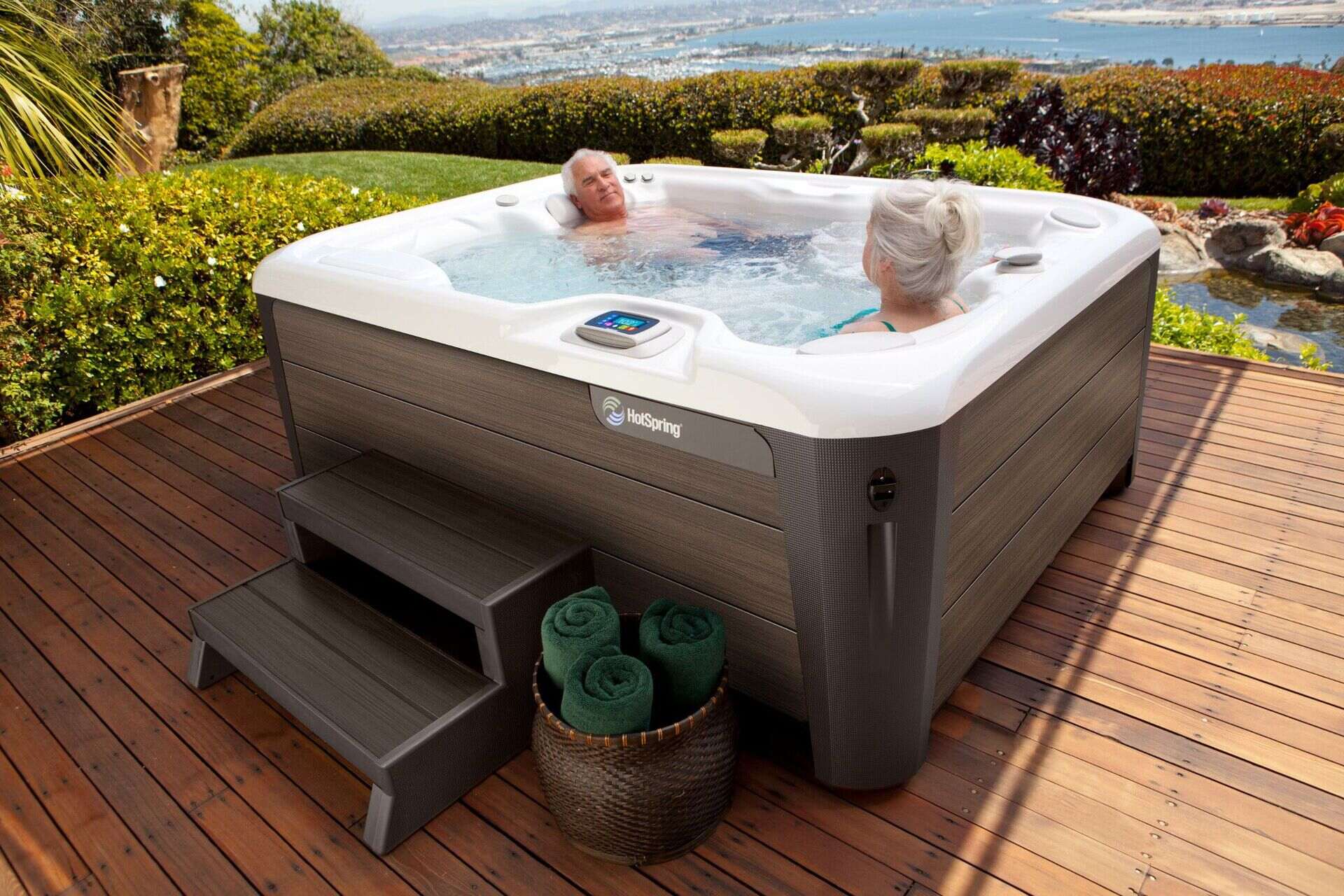
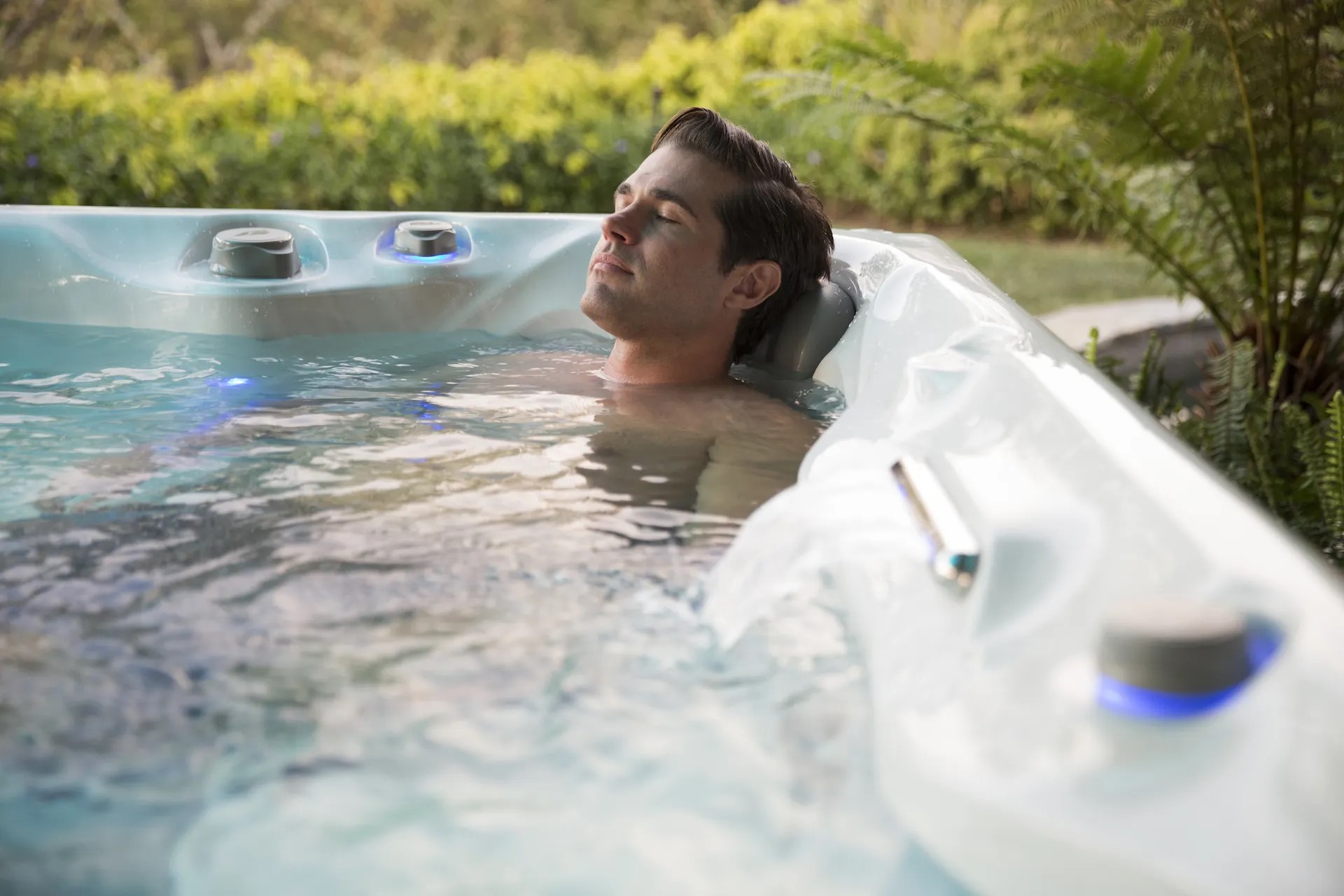
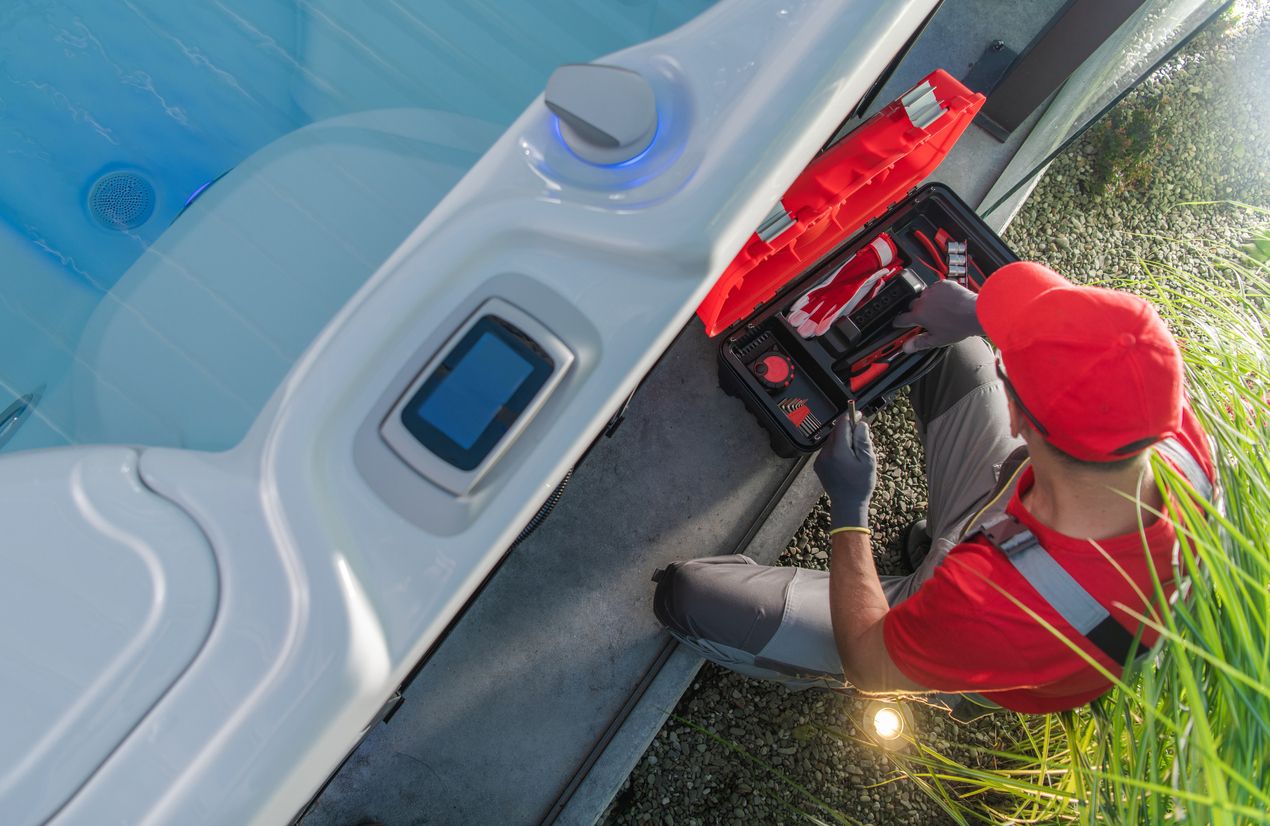

0 thoughts on “How To Setup A Hot Tub”